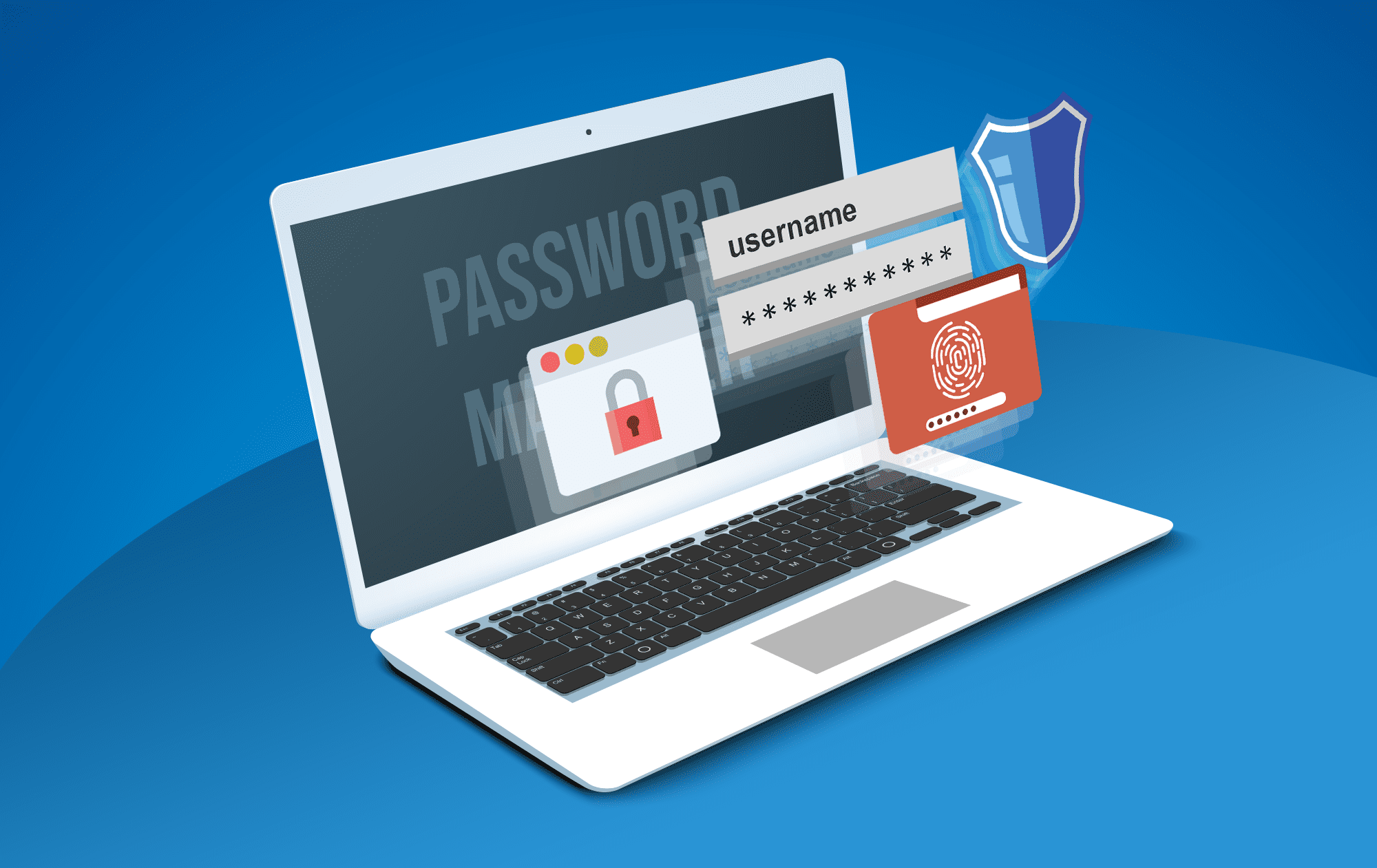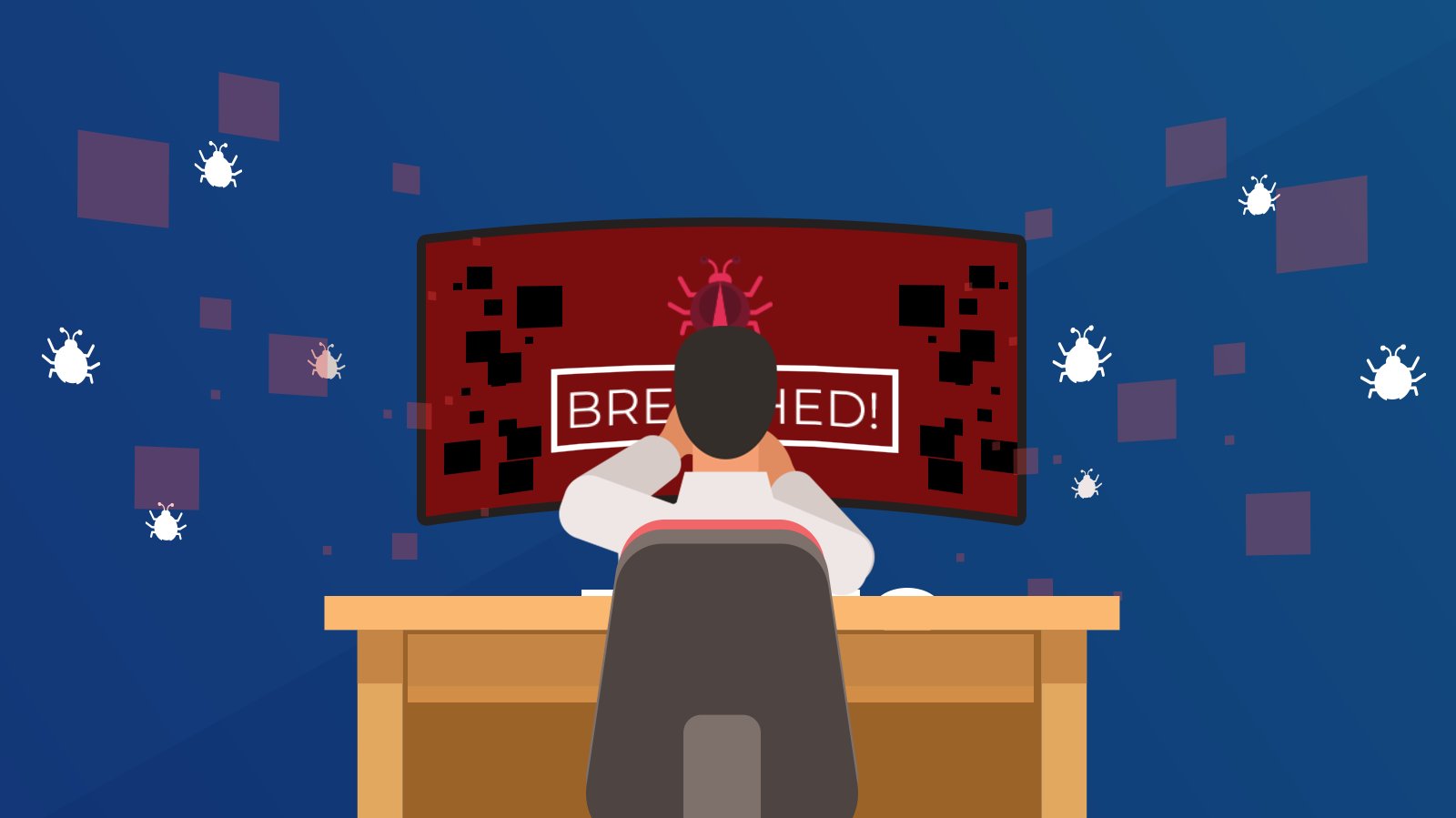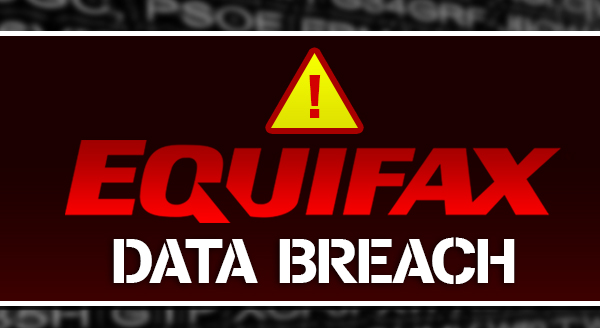
In our modern, highly interconnected world, it’s crucial to recognize that even minor computer security issues have the potential to rapidly escalate into significant problems.
This article provides an example of the chain reaction that can occur when even minor computer security issues are not addressed.
The Domino Effect of a Leaked Password
Imagine a user’s password was leaked due to a security breach on another service. This seemingly minor issue can be the starting point for a significant security breach.
Let’s delve into how this can escalate into more significant problems.
Step 1: Access to Email Account
According to a recent survey conducted by Google, a staggering 65 percent of individuals admit to reusing passwords across multiple websites, if not all of them.
A hacker can access the victim’s email account if the leaked password is the same as that used for the victim’s email address. Once inside, they can access all incoming and outgoing messages, contact lists, and any sensitive information stored within the account.
Step 2: Exploiting “Forgot Password” Features
Once hackers control the compromised email account, they can exploit the “forgot password” feature on other online services. By initiating password resets, they can intercept the password reset emails sent to the compromised email address. This allows the hacker to change passwords for other online accounts, effectively locking out the rightful owner and gaining unauthorized access.
Step 3: Unauthorized Access to Other Services
With access to the compromised email account and control over password resets, hackers can gain further unauthorized access to a wide range of services linked to that email address. This includes social media accounts, online banking services, e-commerce platforms, and cloud storage.
From here, they can gather privileged information about the victim, such as bank account numbers and tax records, which will help with further attacks.
Step 4: Further Exploitation and Damage
Once hackers have access to these accounts, they can exploit them differently. This could be to steal money, conduct fraudulent transactions, or use these compromised accounts to launch more sophisticated phishing attacks against people who know and trust the victim.
Preventing Escalation: The Importance of Robust Security Practices
It is crucial to adopt robust security practices to prevent minor computer security issues from escalating into major breaches. Here are some key measures to consider.
Strong, Unique Passwords
Using a strong, unique password for each online account is vital. A strong password should combine uppercase and lowercase letters, numbers, and special characters. Consider using a password manager to store and generate complex passwords securely.
Two-factor authentication (2FA)
Enabling two-factor authentication adds an extra layer of security. With 2FA, even if a password is compromised, hackers would still need a secondary verification method, such as a unique code sent to a trusted device, to gain access to an account.
Regular Security Audits
Perform regular security audits of your online accounts and systems. This includes checking for suspicious activities, reviewing privacy settings, and updating software and applications to their latest versions, as updates often contain security patches.
Security Awareness and Education
Invest in educating yourself and your team about computer security best practices. Stay informed about common phishing techniques, regularly update your knowledge on emerging threats, and exercise caution when interacting with suspicious emails, links, or attachments.
Timely Response to Security Breaches
Take immediate action if you suspect a security breach or notice suspicious activities. Change passwords and seek help from a managed service provider to assess and mitigate any potential damage.
Conclusion
Minor computer security issues can quickly snowball into significant problems if not addressed promptly. Reach out to us today to learn how we can prevent minor issues from becoming big ones. Call us at (515)422-1995.




 There are the normal costs everyone associates with a breach, like getting your own server and computers fixed up, with maybe a little downtime. But really, most businesses view the possibility of getting hacked as more of an inconvenience than a bottom-line cost. For those who’ve come out the other side though, it’s a very different story. They know the hidden and ongoing costs of a data breach can be crippling, and that IT security exists to protect your business on multiple levels. All those surprise costs that spiral out of control are why most businesses close after a cyber-attack. Here are a few of the hard, but common realities of life after a hack.
There are the normal costs everyone associates with a breach, like getting your own server and computers fixed up, with maybe a little downtime. But really, most businesses view the possibility of getting hacked as more of an inconvenience than a bottom-line cost. For those who’ve come out the other side though, it’s a very different story. They know the hidden and ongoing costs of a data breach can be crippling, and that IT security exists to protect your business on multiple levels. All those surprise costs that spiral out of control are why most businesses close after a cyber-attack. Here are a few of the hard, but common realities of life after a hack.

